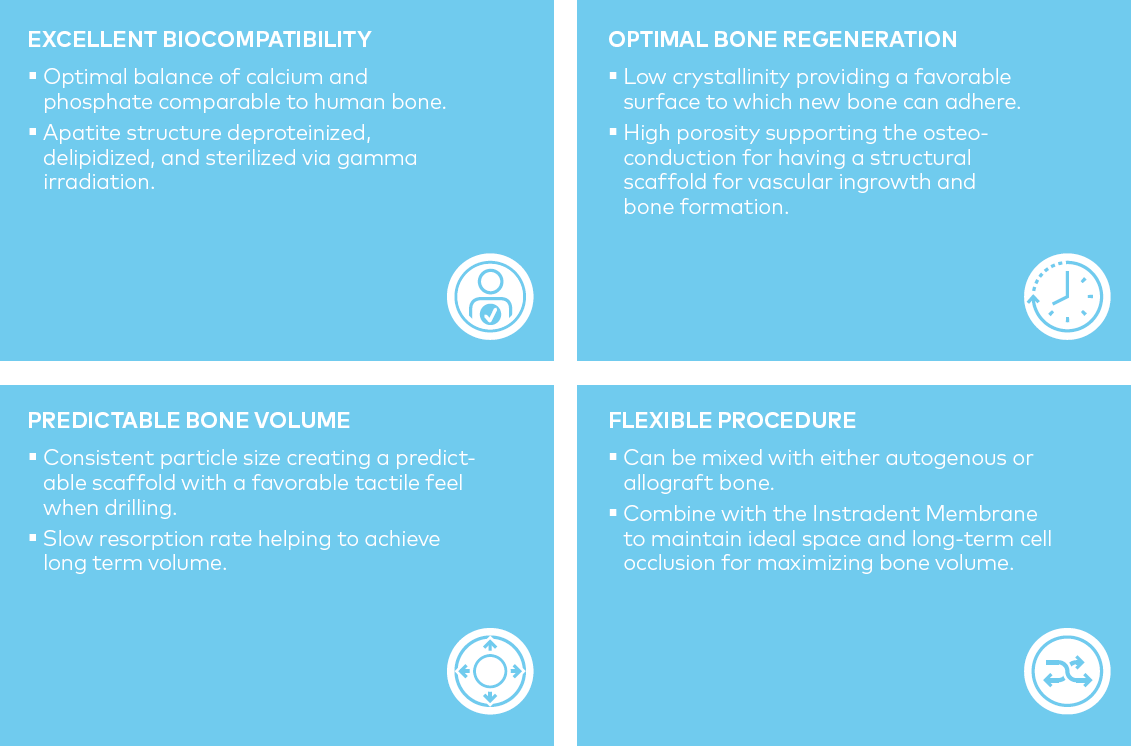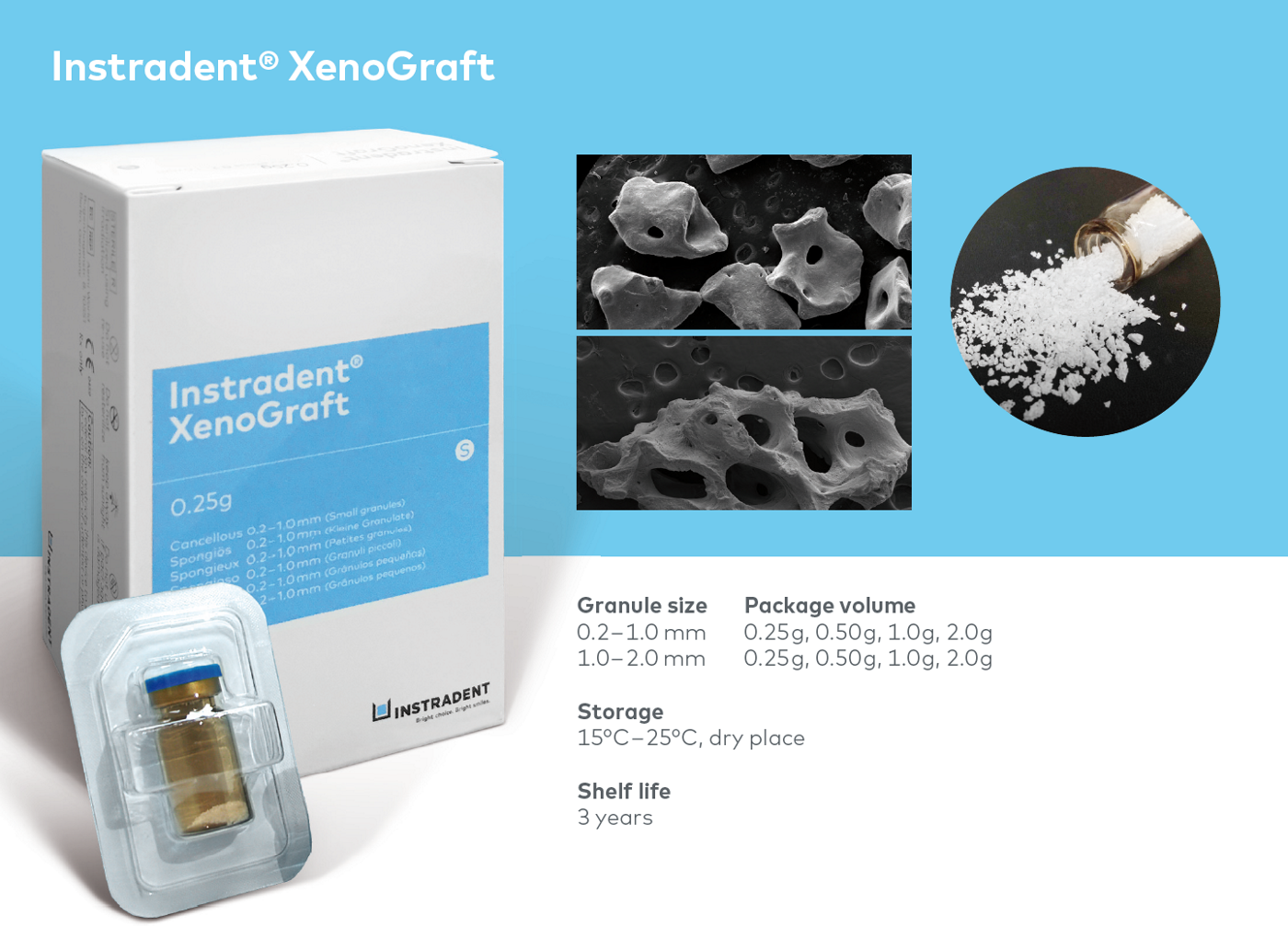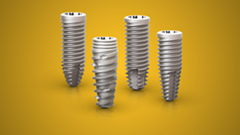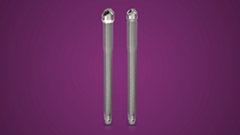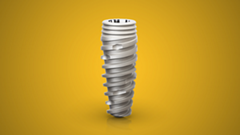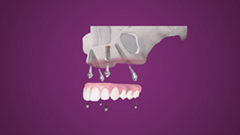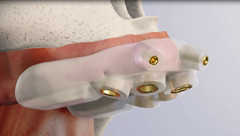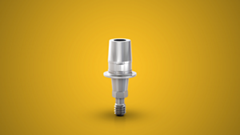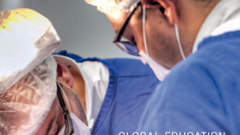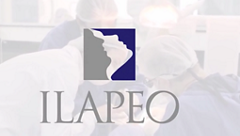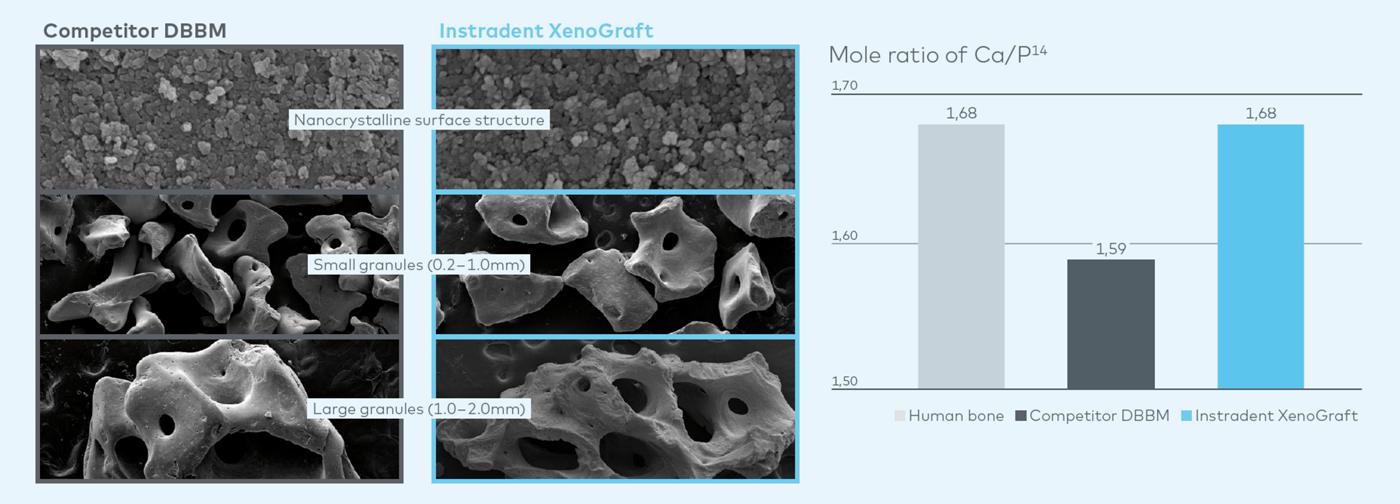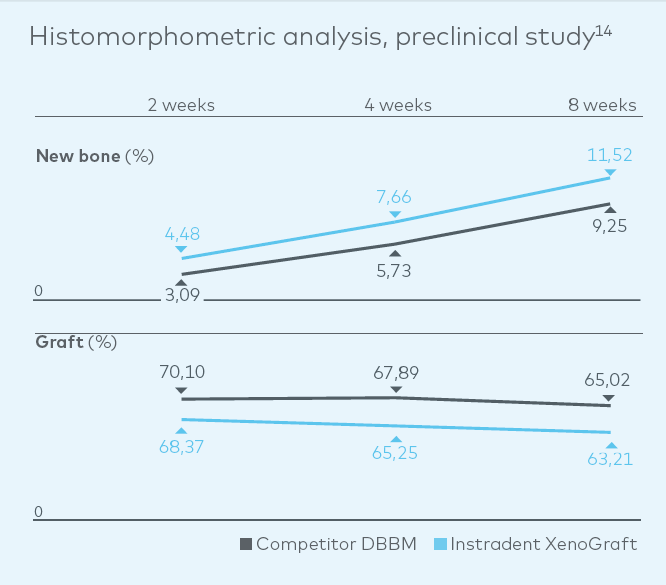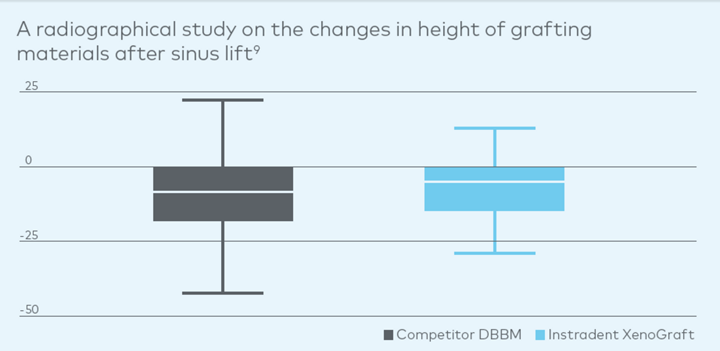1. A study on the safety and efficacy of bovine bone-derived bone graft material (OCS-B). J Korean Acad Periodontol. 2005 Jun;35(2):335-343.
2. Evaluation on the bone regenerative capacity of deproteinized bovine bone-derived bone graft material (OCS-B). The Journal of the Korean Dental Association. Vol.44 No.6, 2006.6, 359-366.
3. Effect of Heat-Treatment. Temperature on the Osteoconductivity of the Apatite Derived from Bovine Bone, Key Engineering Materials Vols. 309-311 (2006) pp 41-44
4. Bone reaction to bovine hydroxyapatite grafted in the mandibular defects of beagle dogs. J Korean Acad Periodontol. 2006;36:39-49.
5. Maxillary sinus floor augmentation using deproteinized bovine bone-derived bone graft material (OCB-B®). Clinical and histologic findings in human. The Journal of the Korean Dental Association. 2007; 45(8): 491-499.
6. Periodontal Repair on Intrabony Defects treated with Anorganic Bovine-derived XenoGraft. J Korean Acad Periodontol. 2007; 37(3): 489-496.
7. The comparative study - the regenerative effect depends on size of bone graft material in bone loss site around dental implant. J Korean Acad Periodontol. 2008;38:493-502.
8. A comparative analysis of basic characteristic sof several deproteinized bovine bone substitutes. J Korean Acad Periodontol. 2009;39:149-156.
9. A radiographical study on the changes in height of grafting materials after sinus lift: a comparison between two types of xenogenic materials, J Periodontal Implant Sci 2010;40:25-32
10. Comparative study of two collagen membranes for guided tissue regeneration therapy in periodontal intrabony defects: a randomized clinical trial; Young-Mi Chung, Jue-Yeon Lee, Seong-Nyum Jeong; J Periodontal Implant Sci 2014; 44:194-200
11. Biological effects of a porcine-derived collagen membrane on intrabony defects; Chang-Kyun Lee, Ki-Tae Koo, Tae-Il Kim, Yang-Jo Seol, Yong-Moo Lee, In-Chul Rhyu, Young Ku, Chong-Pyoung Chung1, Yoon-Jeong Park, Jue-Yeon Lee; J Periodontal Implant Sci 2010;40:232-238
12. Speer DP, Chvapil M, Eskelson CD, Ulreich J. Biological effects of residual glutaraldehyde in glutaraldehyde-tanned collagen biomaterials. J Biomed Mater Res 1980;14:753-64.
13. Locci P, Calvitti M, Belcastro S, Pugliese M, Guerra M, Marinucci L, et al. Phenotype expression of gingival fibroblasts cultured on membranes used in guided tissue regeneration.J Periodontol 1997;68:857-63.
14. Datos de archivo
